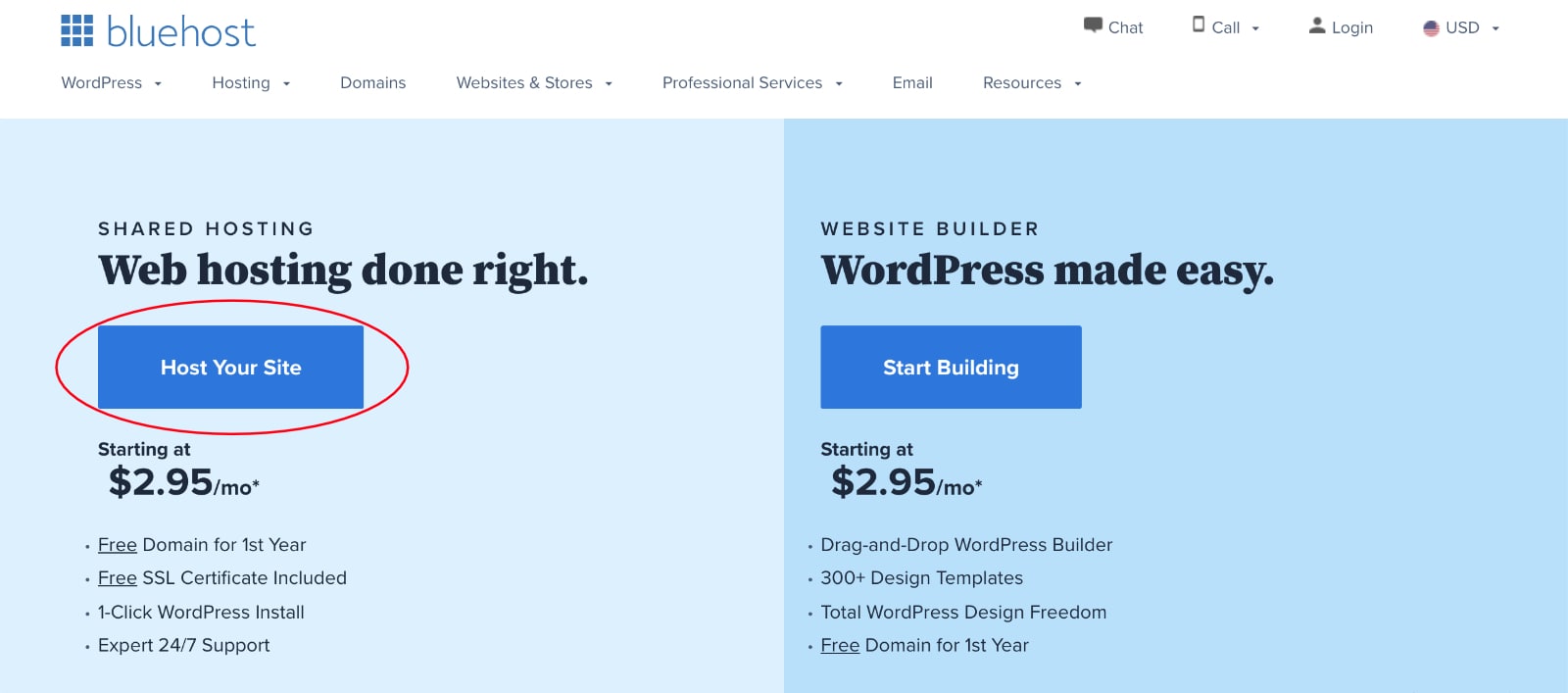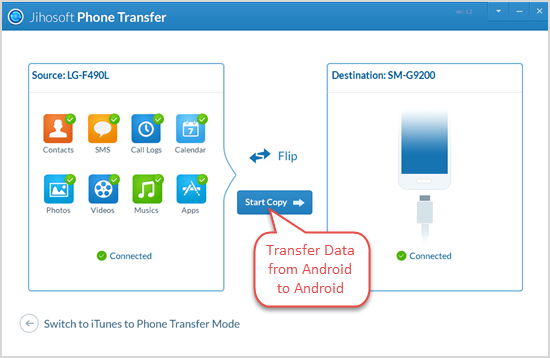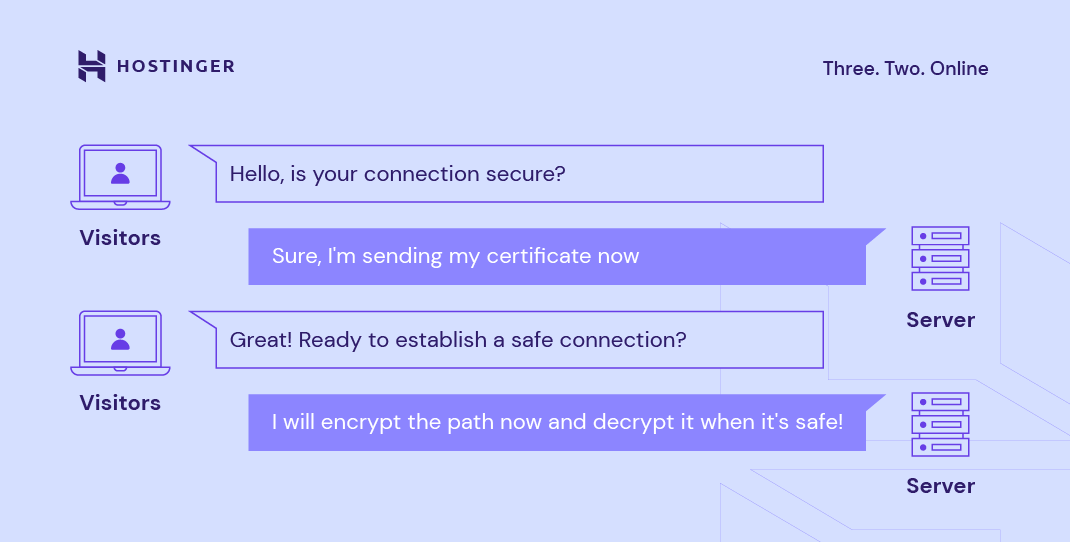
A load balancer diagram is a network representation of application servers. Each server is provisioned with a certain weight, or amount of power. Client requests for applications go to the most powerful application server. If you have three servers that are capable of processing applications, the two most powerful ones will be twice as powerful as their counterparts. Clients will request identical amounts of data from each application server. However, the requests will be sent to different servers.
Hashing algorithm
Diagram of a Load Balancer shows how requests are routed from healthy servers to those with IP addresses. The Hashing algorithm is one of the most common methods used in Load Balancing. The Hashing algorithm generates a requestId, which uniquely identifies each client request. The result of the hashing is then used to direct the request to the desired server.
In distributed systems, hashing is important to map requests evenly between the servers in a cluster. It reduces the work required by the cluster to maintain consistent hashing across nodes when a ring changes.
Connection multiplexing
Connection multiplexing is one of the common methods used to distribute traffic to multiple servers. The loadbalancer will pick the appropriate service for each request that a client makes. ADC must keep track if the user initiates follow-up traffic. This is an important task because follow-on traffic can have two problems: persistence and connection maintenance.

Multiplying connections in a load balanced diagram can be done by simply dividing the total number by the number servers. Each server has an IP address and a port that is assigned to it. A client can request a service from the load balancer. The load balancer will then receive the request and rewrite it to include the destination IP addresses of the virtual servers.
SSL transmission
SSL passthrough is a good way to configure SSL in a load balancedr. It makes it easier to manage certificates because all encryption work and decryption work is done on the loadbalancer. SSL passthrough ensures secure traffic between the loadbalancers' backend servers. However, SSL passthrough can expose customer information to other network instances. It is not recommended for networks with lower security.
SSL passthrough consumes more CPU cycles and increases operational costs. This method is not recommended for high-traffic deployments. It also does not support the creation of access rules, sticky sessions, or redirects. It is therefore only suitable for small-scale deployments.
Network server load balancer
A load balancing device is a network device that redirects packets so they reach their destination. A loadbalancer can handle different types and traffic depending on their source IP. The process of load balancing involves multiple servers. The first server acts a "frontend", receiving traffic from the Internet and forwarding it to the second server. A second server serves as a back-end and responds to clients' requests.
Load balancers are either hardware appliances or virtual devices that run on software. A load balancer will automatically redirect a user's requests to the other servers if a single server goes offline. Likewise, it will transfer requests automatically if another server is added.

Kubernetes load balancer
The Kubernetes loadbalazer diagram illustrates how the two pods handle requests and responds. This approach does not take into account persistent connections, which is one of its key flaws. The application must therefore implement load balancers on the client. There are many options to solve this problem, including kubeproxy and Iptables. However, these solutions are only intended for the most common deployment scenarios and do not take into account the specific requirements of specific applications.
Each Pod can have its very own IP address in Kubernetes. Each red Pod sends requests with its own IP address to the service in the above diagram. The controller will collect the pending services and assign them unique IP addresses for delivering incoming packets.
FAQ
How much does it cost to build a website?
It depends on what your website is used for. Google Sites may not be required if you simply want to provide information about yourself or your company.
You will likely need to spend more if you want to attract people to your site.
A Content Management System (like WordPress), is the most popular option. These programs can be used to build a website quickly and easily without having to know any programming. You won't be hacked because these websites are hosted by third parties.
Squarespace offers a great way to build your website. Squarespace offers a variety plans that range from $5 per person to $100 per person, depending on what information you want to include.
Should I hire a web designer or do it myself?
If you're looking to save some money, don’t pay for web designing services. Hiring someone else to make your website is a good option if you're looking for quality results.
It is possible to create websites without hiring expensive professionals.
You can make a beautiful website if you are willing to work hard and put in the effort.
It is possible to outsource your project to a freelance web developer, who will charge by the hour rather than per-project.
How do you design a website?
Understanding your customers' needs is the first step. What are your customers looking for?
What problem might they face if your site doesn't have what they are looking for?
Now you need to figure out how you can solve these problems. Your site must look professional. It should be easy to navigate.
Your website should be well-designed. It should not take too much time to load. People won't stay as long if it takes too long to load. They will go elsewhere.
It is essential to determine where all your products reside before you start building an eCommerce website. Do they all reside in one spot? Or are they scattered around your site?
Decide whether you plan to sell one product at a time or several products. Do you prefer to sell one type of product, or several types?
When you answer these questions, your site can be built.
Now, it's time to take care of the technical aspects. How will your site operate? Will it run fast enough? Can people get to it quickly from their computers?
Are people able to purchase something without paying extra? Will they have to register with your company before they can buy something?
These are vital questions you need to ask. Once you know the answers to these questions, you'll be ready to move forward.
What is a static web site?
A static website is a site where all content are stored on a server, and visitors can access it via web browsers.
The term "static", refers to the absence or modification of images, video, animations, and so forth.
This type of website was originally created for use in corporate intranets. It has since been adopted both by individuals and small companies who are looking for simple websites that do not require any programming.
Static sites have become increasingly popular because they require less maintenance. They are simpler to update and maintain than fully-featured websites that have many components (like blogs).
They also load quicker than their dynamic counterparts. They are ideal for mobile users and those with slow Internet connections.
Additionally, static websites are safer than dynamic sites. You can't hack into a static site. Hackers can only access the data contained in a database.
There are two main ways to create a static website:
-
Utilizing a Content Management System.
-
Creating a Static HTML Website
It depends on what your needs are. A CMS is the best choice for anyone who is new to building websites.
Why? Because it allows you to have full control over your website. You don't need to hire someone else to help you set it up. Upload files directly to the CMS.
Still, you can learn to code and create static websites. It will take some time to learn to program.
What does a UI designer do?
The interface design team for software products is called a user interface (UI). They design the application's layout and visual elements. Graphic designers may also be part of the UI designer.
The UI designer should be able solve problems by understanding how people use computers.
A UI designer should have a passion for technology and software design. He/she should be familiar with all aspects in the field, from creating ideas to implementing them into code.
They should be able create designs with various tools and techniques. They must be able think creatively and find innovative solutions to problems.
They should be detail oriented and organized. They should be capable of quickly and efficiently developing prototypes.
They should be comfortable working alongside clients large and small. They must be able to adapt to various situations and environments.
They should be capable of communicating effectively with others. They should be able to express their thoughts clearly and concisely.
They must be well-rounded and have strong communication skills.
They should be highly motivated and driven.
They should be passionate about what they do.
What is website design software?
The website design software can be used by graphic artists and photographers, illustrators, writers and others who are involved in visual media.
There are two types of website design software available: cloud-based and desktop apps. Desktop apps are installed locally on your computer and require you to install additional software on your computer. Cloud-based applications are hosted on the internet. This makes them great for mobile users.
Desktop Applications
While desktop applications offer more advanced features than those in cloud-based solutions, they aren't always necessary. Some people prefer working exclusively on a desktop app, as they find it easier. Others like to use the same tool regardless of whether they are working on a laptop or a smartphone.
Cloud-Based Solutions
A cloud-based solution is a good choice for web designers who are looking to save money and time. These services allow you access any type of document to be edited from anywhere on the internet. This means that you can work on your tablet while waiting to brew your coffee.
You will still need to buy a license if you choose to use a cloud-based program. You will not need additional licenses to upgrade to a higher version.
These programs can be used in Photoshop, InDesign, Illustrator or any other Adobe product to create web pages.
What kind of websites should I make?
The answer to this question depends on your goals. Your website should be able to sell products online. This will allow you to build a successful business. This will require you to set up a strong eCommerce site.
Blogs, portfolios, forums, and other types of websites are also popular. Each one requires different skills and tools. If you are looking to start a blog, then you need to know about blogging platforms like WordPress and Blogger.
Once you have chosen a platform, it is also important to determine how you can customize the appearance of your site. There are many themes and templates that you can use for free.
Once you've chosen a platform, you can build your website by adding content. Pages can include images, videos, text and links.
You can publish your website online once you have launched it. Once your website is published, visitors will be able to access it in their web browsers.
Statistics
- At this point, it's important to note that just because a web trend is current, it doesn't mean it's necessarily right for you.48% of people cite design as the most important factor of a website, (websitebuilderexpert.com)
- Is your web design optimized for mobile? Over 50% of internet users browse websites using a mobile device. (wix.com)
- When choosing your website color scheme, a general rule is to limit yourself to three shades: one primary color (60% of the mix), one secondary color (30%), and one accent color (10%). (wix.com)
- In fact, according to Color Matters, a signature color can boost brand recognition by 80%. There's a lot of psychology behind people's perception of color, so it's important to understand how it's used with your industry. (websitebuilderexpert.com)
- It's estimated that in 2022, over 2.14 billion people will purchase goods and services online. (wix.com)
External Links
How To
How to become an internet developer?
A website isn't just a collection HTML code. It is an interactive platform that allows users to communicate and delivers valuable content.
Websites can be more than just a means of delivering information. It should also serve as a portal to your company. It should be easy for customers to find the information they need quickly, and it should also allow them to interact with your company in a way that is convenient.
The best websites enable visitors to find exactly what they want and then move on.
This requires you to acquire technical skills as well design aesthetics. You'll have to understand the basics of HTML5 coding and CSS3 styling and the latest developments in JavaScript and other programming languages.
You'll also need to know how to use various tools, such as Dreamweaver, Photoshop, Illustrator, InDesign, and Fireworks, allowing designers to create and edit website graphics and layouts. The style guide includes everything you need, from fonts, colors, and layout.
To learn more about becoming a web designer, you can start by reading articles or taking online courses.
It may take months or years for you to complete your degree. However, once you have a degree you will be ready to enter into the workforce.
Don't forget to practice! Your ability to design will make it easier for you build amazing websites.